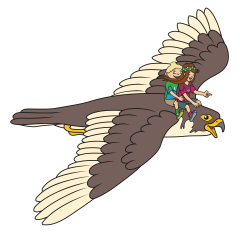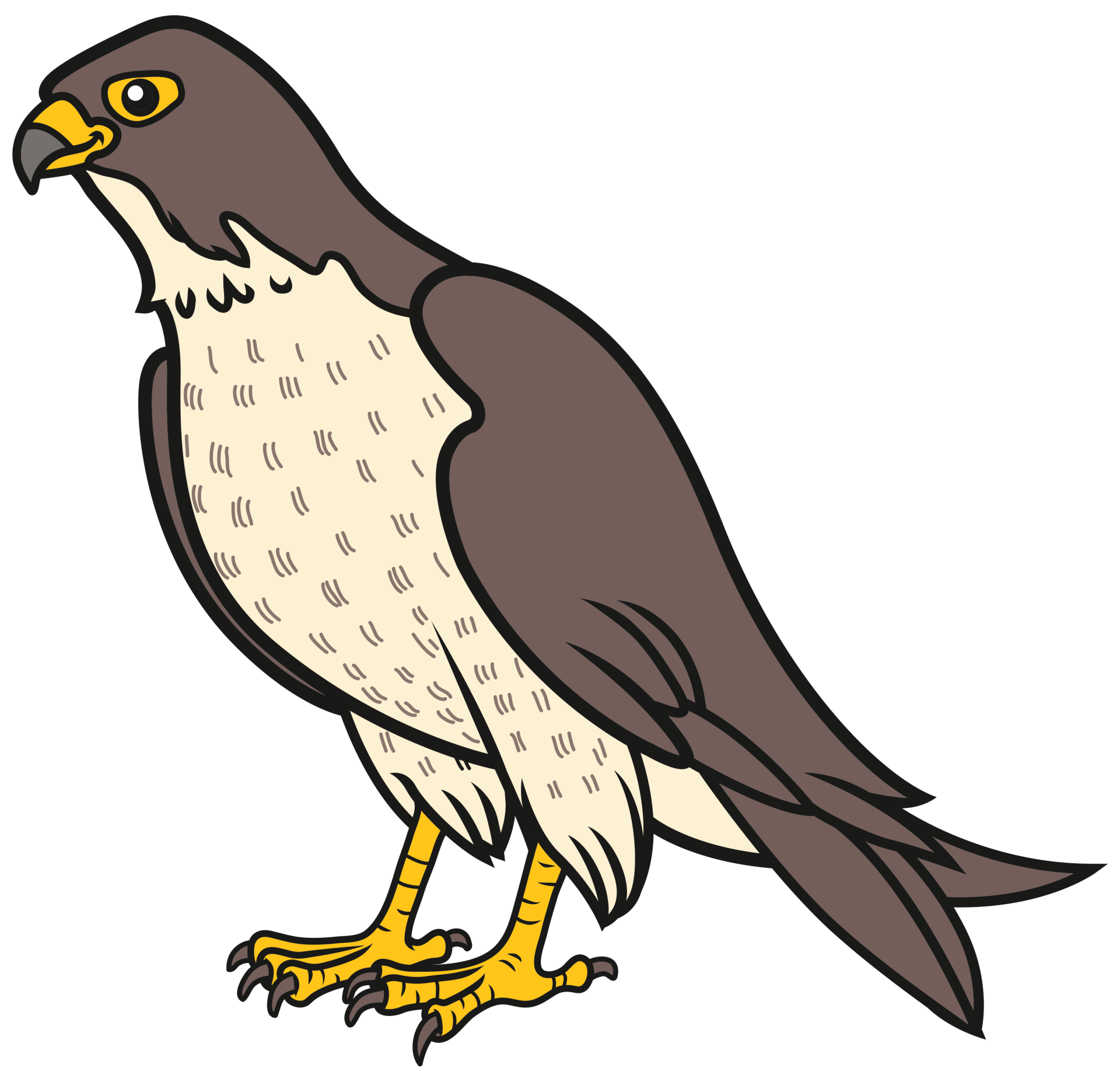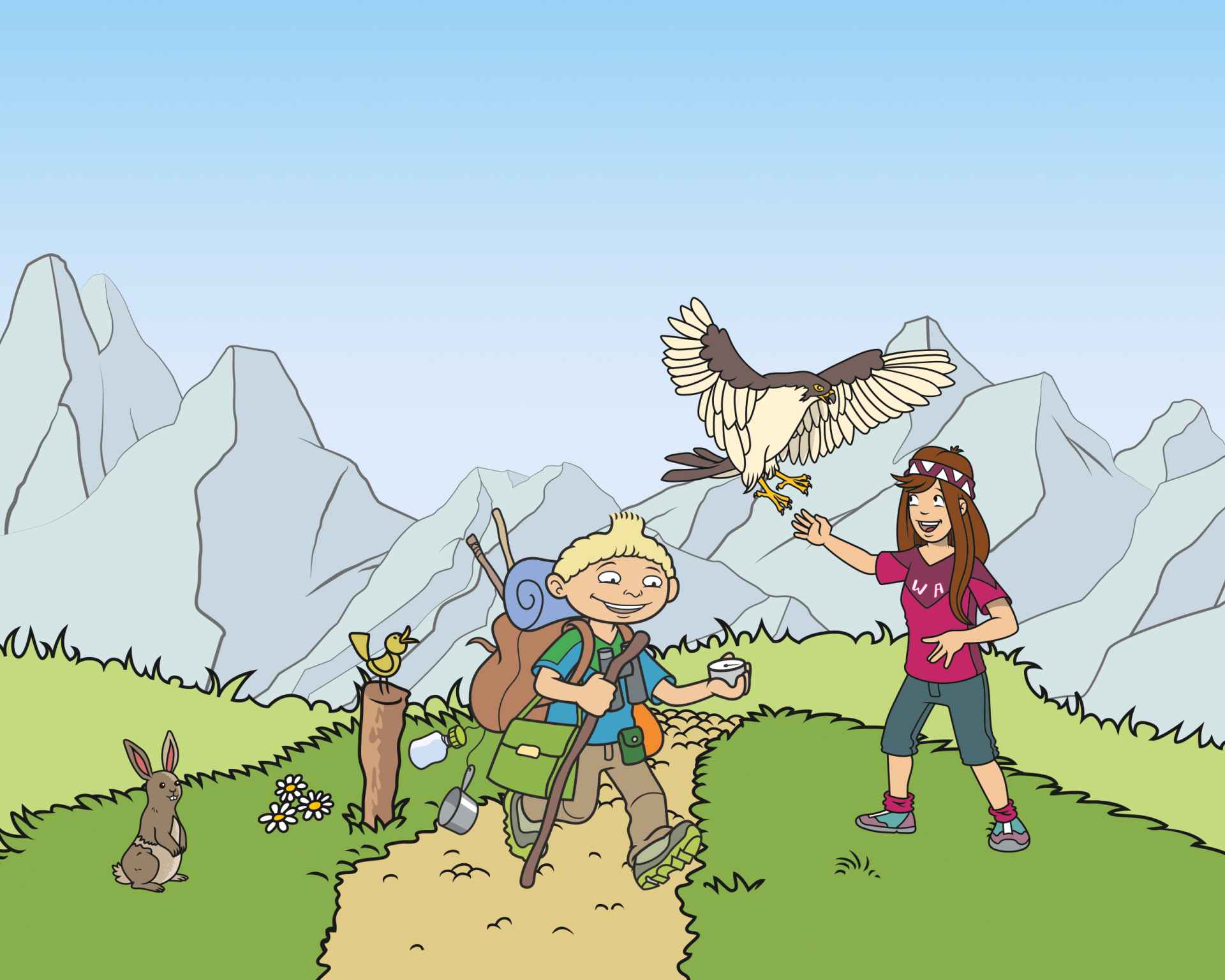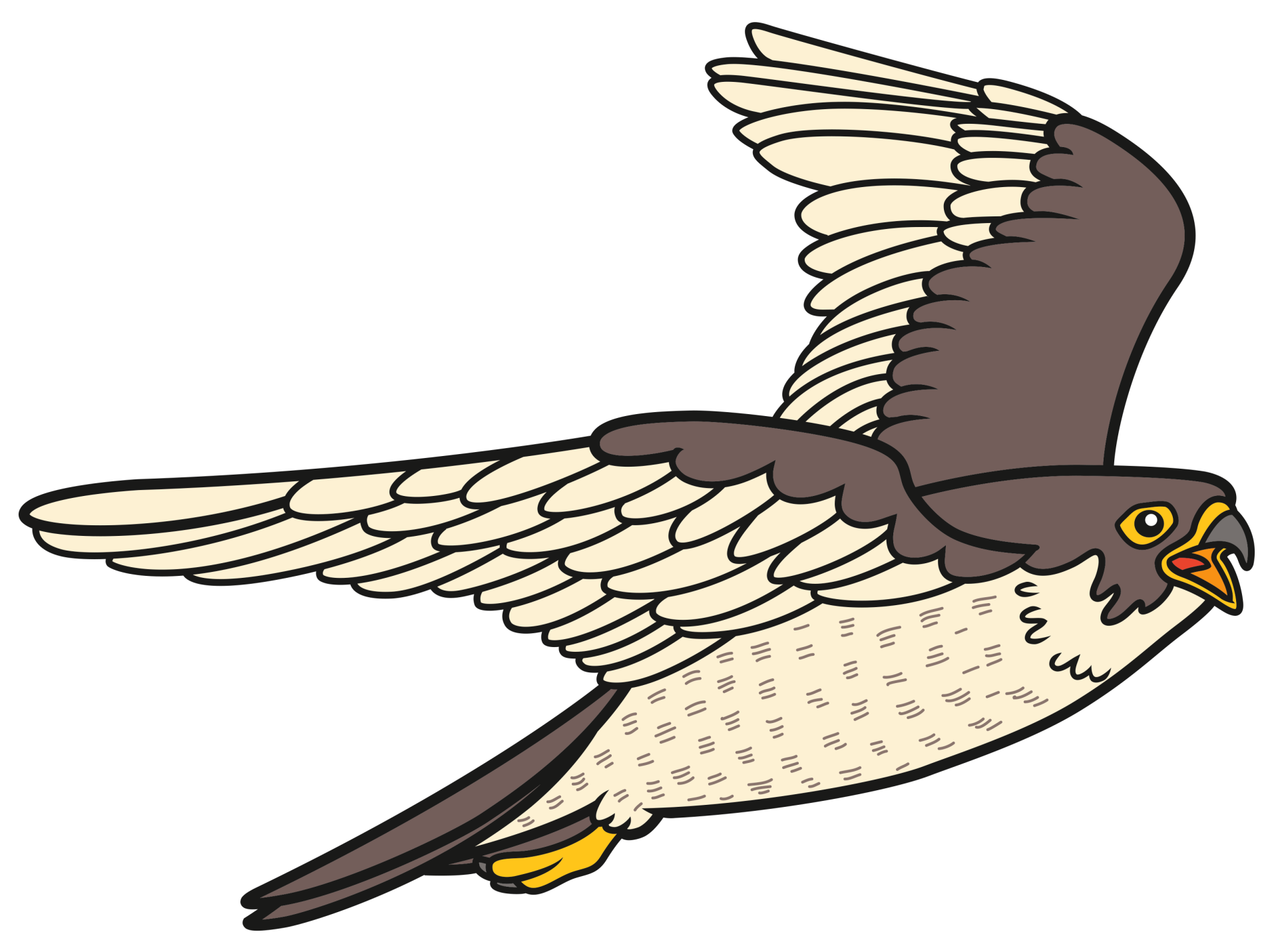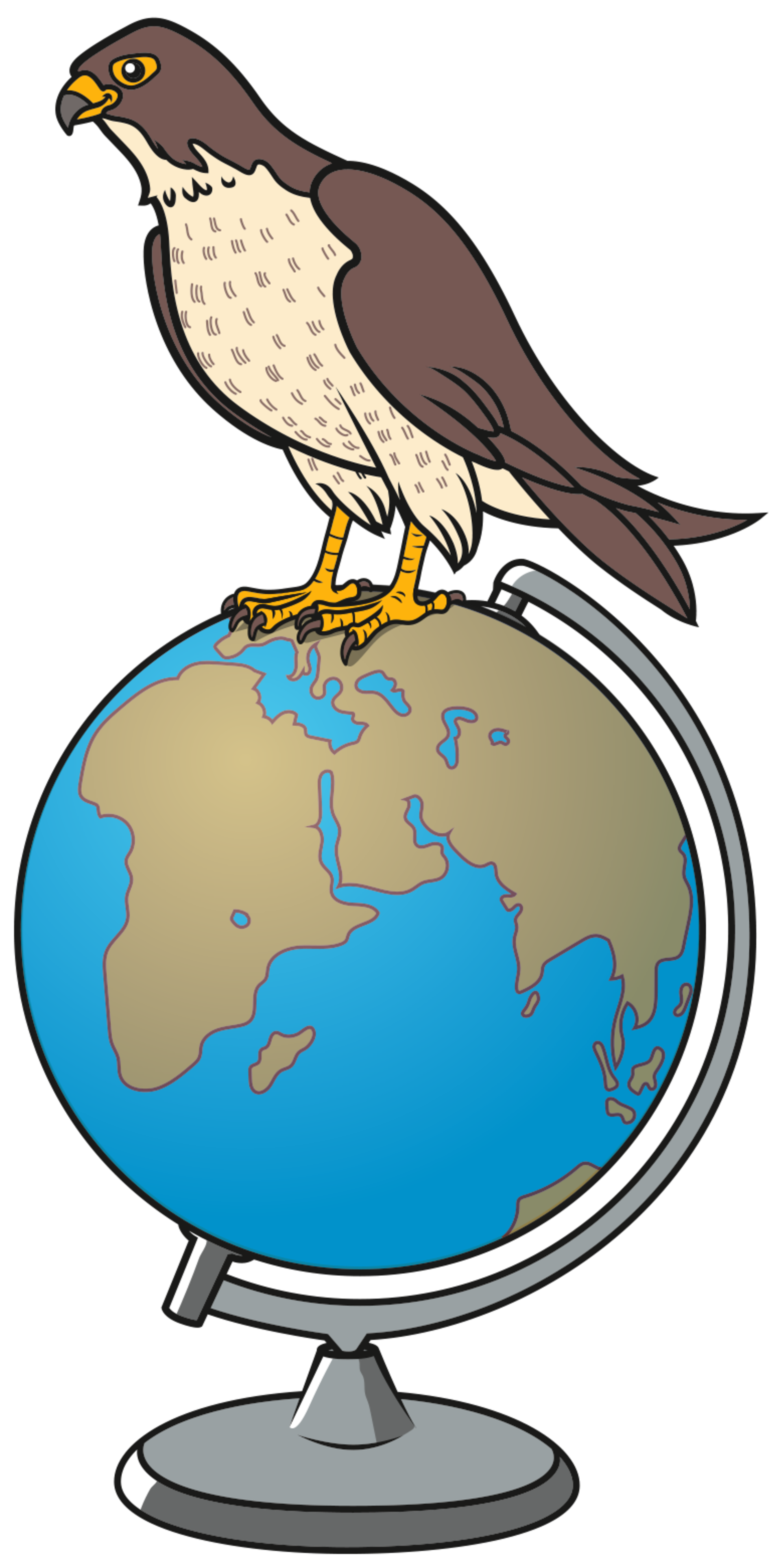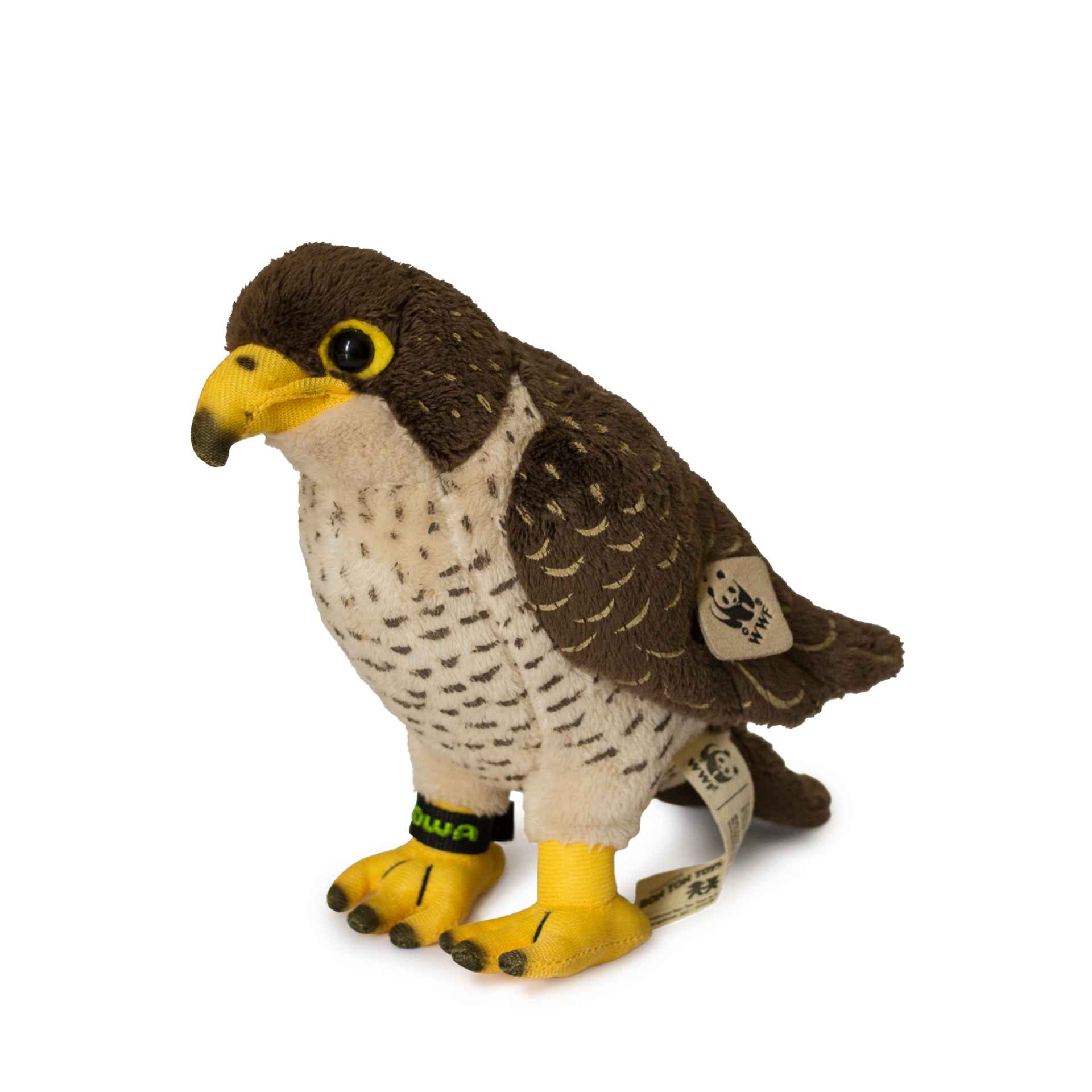The peregrine falcon does not need much to feel content: ample food and a safe place to hatch offspring. This is usually places like rocky outcrops. If there aren’t any, the falcon will also breed on top of tall building or in trees, like in North America or Australia. Otherwise, it will seek out the aerie of another bird of prey. This is a kind of nest where birds of prey raise their young. Because the peregrine falcon is so unassuming, it is at home just about everywhere in the world. It only avoids places like the Antarctic, Iceland, the Caribbean islands and New Zealand. It is considered to be the most widespread bird in the world. When you think about it, these are the ideal conditions for a good life. Aren’t they?
Unfortunately, not! The population of peregrine falcons – that is, the number of these birds – suddenly fell around the world from the 1970 to the beginning of the 1980s. Why? There were a number of reasons. Experts blame three main factors.
- Peregrine falcons are birds of prey, and you will not find too many birds that do not turn up on their menu every now and then. In central Europe, crows, thrushes and pigeons are the most frequent types of prey. For this reason, the peregrine falcon has a very bad reputation among people who raise pigeons. As part of efforts to protect pigeons, the hunter became the hunted, and breeders destroyed the falcons’ nests.
- Hunters also raided the nests of peregrine falcons. But they had a different goal in mind: They wanted to raise the young animals and train the birds so that they could help them in their pursuit of feathered and other wild animals.
- But the most serious threat to peregrine falcons was certain pesticides that are used by farmers to prevent insects from eating crops. As you know, peregrine falcons eat birds. Particularly birds that eat insects. Essentially, the peregrine falcons consumed poisoned birds and thus poisoned themselves. As a result of this poisoning, the falcons’ eggs became very brittle and broke easily while being brooded. Because peregrine falcons brood just once a year, the number of living peregrine falcons fell.
By the end of 1970s, there was not one single peregrine falcon in Denmark, Poland, the Netherlands, Belgium, Luxembourg and East Germany. It was considered to be extinct in these countries. Only a few pairs were to found in Scandinavia, West Germany, Switzerland and Austria. In the United States, no peregrine falcons existed east of the Rocky Mountains.
The population was able to recover from the end of the 1970s to the beginning of the 1980s only after the pesticides were banned, breeding areas were given special protection that included guarding during the brooding phase and many programmes in which falcons were returned to the wild were carried out. Today, the peregrine falcon is found in nearly every place where it lived before the pesticide story. The species’ population is now considered to be stable and is no longer included on the Red List of endangered animals and plants. Nonetheless, the falcons are still intensely protected. They should not face the threat of extinction once again.
